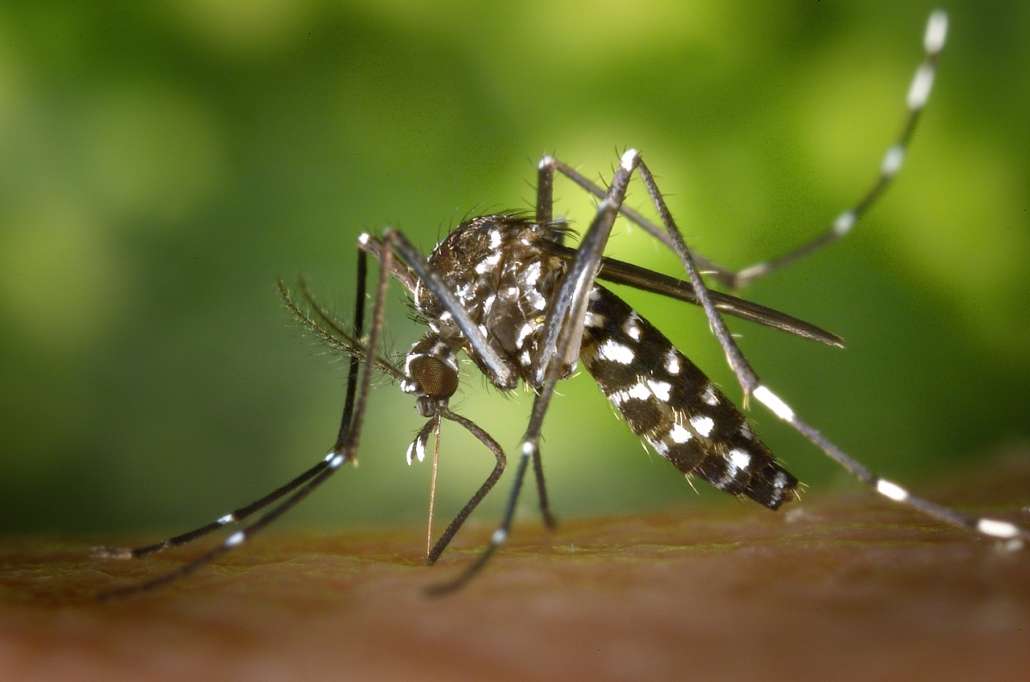SCORES & OUTDOORS: More reports of mountain lion sightings in Maine

 by Roland D. Hallee
by Roland D. Hallee
Every so often I get emails from people who have read my columns and contribute their own experiences. This one involved the sighting of a Mountain Lion. Now, let us not forget that depending on with whom you speak, mountain lions either do, or, do not exist in Maine.
Here is the email I received recently. It came from Brian and Colby Prescott, of Windham:
“Was reading an article you wrote about mountain lions in Maine from a couple years back and thought I’d relay a sighting from the other day, September 1, 2023.
“My son and I were camping at the Bemis Stream Prospect Camp location just north of Byron off Route 17. It’s right where Bemis Road crosses Bemis Stream.
“We were at the first camp site that’s down lower than the road. The brook was high and the water was fairly loud. We were huddling around the Coleman burner to warm up at about 6:30 in the evening, and my son tapped me on the shoulder. I looked up towards the road and sure enough, a mountain lion walked by. It was unmistakable. The size was approximately 150 lbs. It had giant paws and the tail was absolutely enormous. Thick, and it curved down to almost the ground. We were able to view the large cat for only five seconds or so, so unfortunately, no picture. The color was a sandy brown. Needless to say, I was in shock for several seconds. We waited for 20 minutes in the truck before settling into the tent for the night!
“My son and I looked for tracks early the next morning, but only found bear tracks with five claws. We got pictures of the paw print, but pretty sure it was just a bear.
“I met a neighbor from Mooslookmeguntic Lake walking his dog and immediately mentioned the sighting, although I knew the chances of it being nearby were very slim. He was very interested and said he would look for signs of the cat. Meanwhile, we drove over to Devil’s Den to explore that area.
“This person walked by our camp site later in the morning and mentioned he found some scat and was hoping to get it tested to see if it was from a mountain lion. I unfortunately did not think to get his name or number at the time. Needless to say, my son and I were super excited to have experienced the sighting. I never in my 16 years of camping in that area ever experienced anything like that!”
So, are there Mountain Lions in Maine? Maybe, Maybe Not . . .
Mountain lions, also called cougars, catamounts or pumas, are large felines that are native to the Americas. They once roamed from coast to coast in the United States, but today they are mostly found in the western states.
There have been occasional sightings of Maine mountain lions over the years, but it is uncertain whether there is a breeding population in the state.
So, are there mountain lions in Maine? One thing is for sure: if there are any cougars in the state, state wildlife experts contend they are most likely solitary animals that are just passing through.
On the other hand, credible witnesses with lots of outdoor experience insist on the presence of mountain lions in Maine. So, unfortunately, there is no easy definitive answer, yet. Officially, according to state wildlife experts, there are no mountain lions in Maine. However, there has been at least one official sighting and one Class 2 confirmation of mountain lions in Maine.
Mountain lions were classified as extinct in the 1920s and 1930s across the eastern states. In Maine, the last official mountain lion was shot by a hunter in 1938.
I have researched this subject many times and keep coming up with the same conclusion. Credible eyewitnesses vs. the state biologists: Which do you want to believe? There are photographs out there, but mostly are pooh-poohed by state “experts”. “Inconclusive photos”, hoaxes or staged. Those are the answers you will get from state officials.
I for one, believe there are mountain lions in Maine because, even though I have never actually sighted one, have seen their tracks in snow and mud. Unmistakable, feline prints, approximately four inches across, or as big as my hand. That is not a house cat, and too large to be bobcat or lynx.
But, unofficially, the jury is still out.
Roland’s trivia question of the week:
Which NFL team went 0-16 in 2008?










